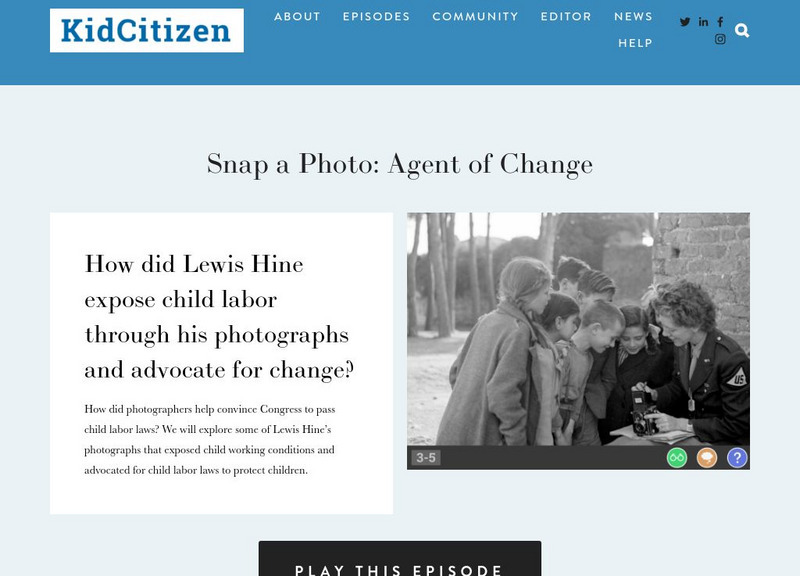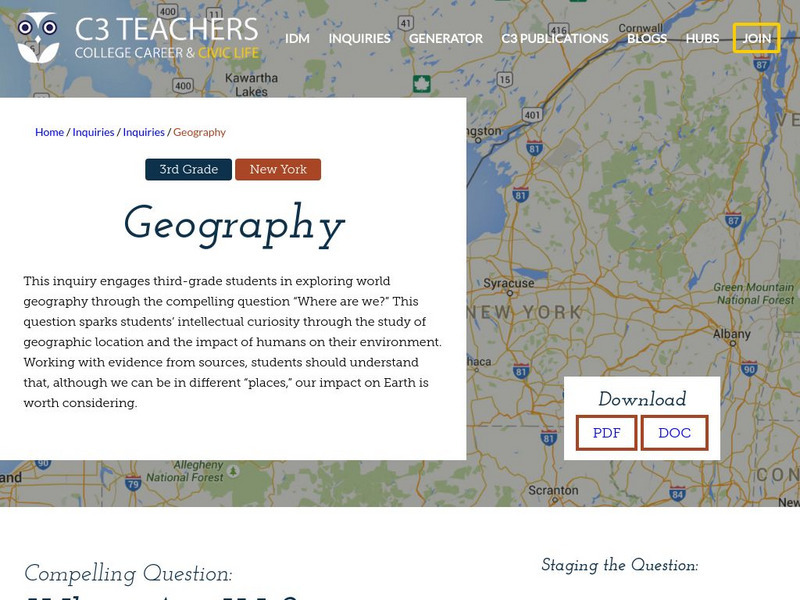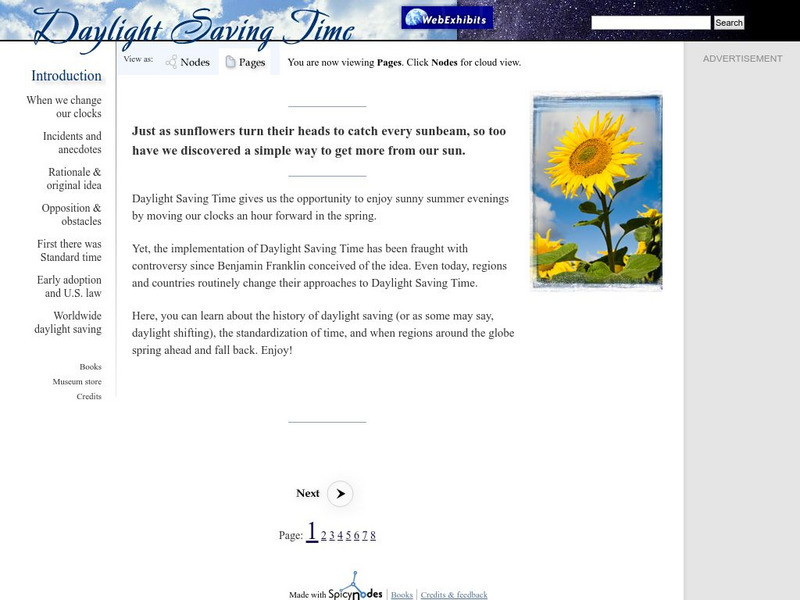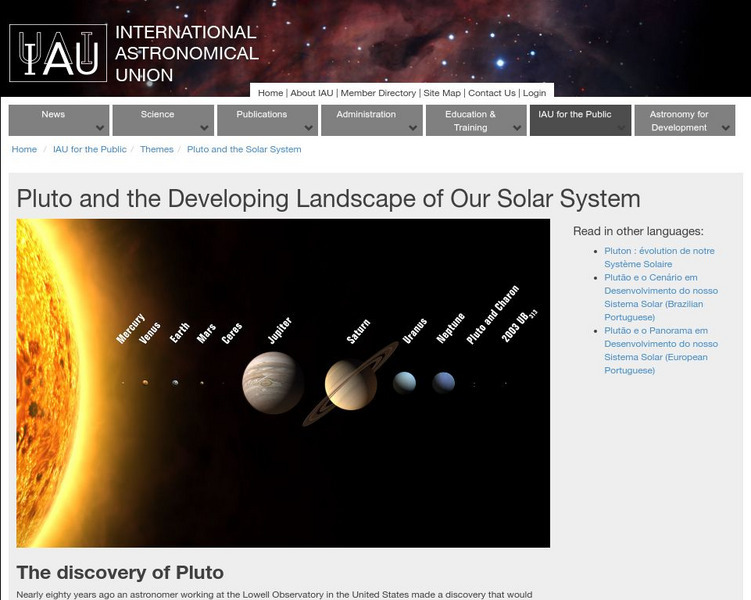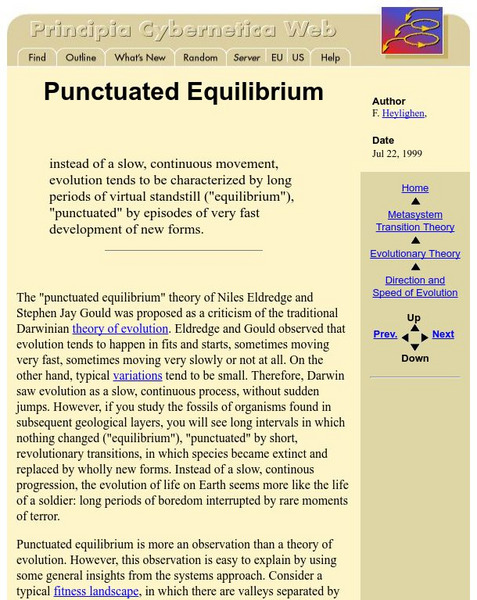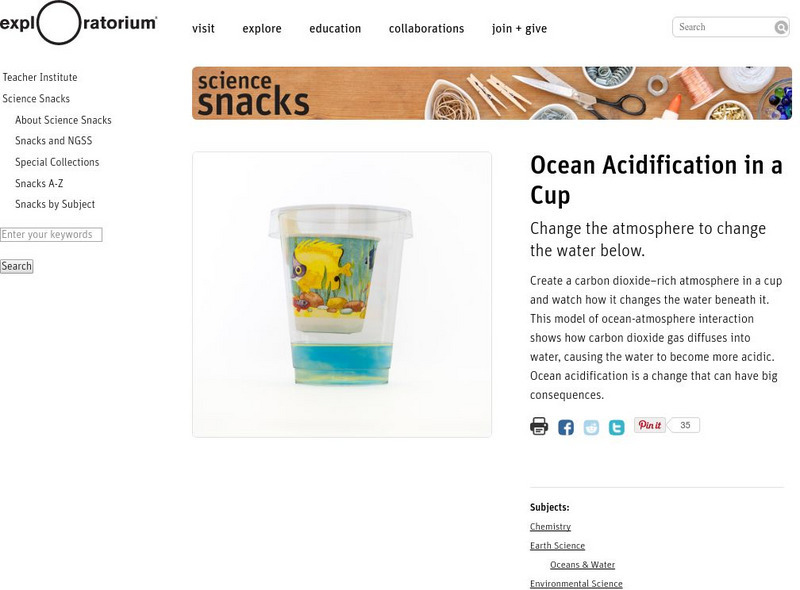PBS
Pbs Learning Media: Observing Refraction of Light
This video segment adapted from Shedding Light on Science illustrates how light changes speed, and thus direction, in a process known as refraction. Includes background reading and discussion questions. [2:05]
Other
Kid Citizen: Snap a Photo: Agent of Change
How did photographers help convince Congress to pass child labor laws? This module explores some of Lewis Hine's photographs that exposed children's working conditions and advocated for child labor laws to protect them. In this tutorial,...
Utah STEM Foundation
Utah Stem Action Center: Changes in Matter
The goal of this activity is to develop and use a model to describe that matter is made of particles on a scale that is too small to be seen. You will be making observations of changes supported by a particle model of matter.
NASA
Nasa Earth Observatory: Changing Global Cloudiness
Learn what clouds are made of and how they form. Read reports from several different cloud observations and how the clouds effect climate.
C3 Teachers
C3 Teachers: Inquiries: Geography
A learning module on world geography. It includes several supporting questions accompanied by formative tasks and source materials, followed by a summative performance task. Students investigate where their community is located, where...
Other
Nature Canada: Connect With Nature: Ice Watch
IceWatch is a Canadian program that uses volunteers to observe changes in the ice in their environments, and submit their observations. The purpose of the initiative is to monitor climate change. Tips on how to ice-watch and how to...
NASA
Nasa Earth Observatory: Ocean and Climate Fact Sheet
Read about Earth's oceans and the effects that climate have had on the rising temperatures over the past one hundred years. Discover how the Earth's ocean and atmosphere are interlocked so that when one changes, the other is affected.
Institute for Dynamic Educational Advancement
Web Exhibits: Daylight Saving Time
Why in the world do we turn our clocks forward in the Spring and back again in the Fall? Share with your students the rationale and history of the Daylight Saving Time concept from Benjamin Franklin through World War I and World War II...
NASA
Nasa Earth Observatory: Clouds & Radiation Fact Sheet
This article highlights facts about clouds and their role in the Earth's climate change.
University Corporation for Atmospheric Research
Ucar: Elementary Globe: All Year Long
In this activity, kids record their observations of an outdoor environment in a science journal. The spot they record could be close to home or seen out a window.
Other
Iau: Pluto and Our Developing Solar System
Discover how varying view in regards to Pluto has changed views on our solar system.
Alabama Learning Exchange
Alex: Chemical Reaction in a Bag
Students will use scientific methods in creating and observing a chemical reaction.
NASA
Nasa Earth Observatory: El Nino's Extended Family Introduction
This article discusses cycle of global weather patterns and its relation to El Nino. Learn how global weather patterns are being tracked by satellites and how scientists are predicting weather patterns up to a year in advance.
Other
Principia Cybernetica Web: Punctuated Equilibrium
Starts with a definition of Punctuated Equilibrium, followed by an explanation of this "Observation," and how it fits with other evolutionary theory.
BioEd Online
Bio Ed Online: Moving Air
In the following lesson for learners grades 3-5 students observe how changing the temperature affects a small amount of air inside of a bubble. Student sheets are provided in English and in Spanish.
University of Colorado
University of Colorado: Ph Et Interactive Simulations: Lunar Lander
An interactive simulation that teaches about the lunar landing, the moon, and mass by observing how changes in mass and thrust affect fuel consumption while trying to avoid a boulder field and put a lunar lander on the moon. This...
Science Education Resource Center at Carleton College
Serc: Investigating Rock Layers and Fossils to Infer Past
This activity is an inquiry-based field investigation of the sedimentary geology of Lilydale Regional Park's brickyards area, a bluff and slope location near St. Paul Minnesota's Harriet Island and Cherokee Heights Park. Young scholars...
Exploratorium
Exploratorium: Science Snacks: Ocean Acidification in a Cup
In this activity, you can observe how ocean acidification can have big consequences. This activity has students creating a cup that has a carbon dioxide-rich atmosphere that allows them to watch how the water changes beneath the atmosphere.
Exploratorium
Exploratorium: Science Snacks: Cool Hot Rod
This activity will show students how objects change size when heated and cooled. Students will observe a metal tube have expansion and contraction.
American Geosciences Institute
American Geosciences Institute: Earth Science Week: Exploring Color Maps
An activity where students study the Ozone Hole poster used that brings together colorful images of over 30 years of satellite observations of the ozone hole. Students interpret the color on the globes to see how the ozone hole has...
University of Missouri
Microbes in Action: "There's Something Fishy": The Nitrogen Cycle
An opportunity for students to experience the nitrogen cycle through observing daily changes in an aquarium. Students test the level of three nitrogen compounds to understand the process of nitrification. Lesson plan gives a lab...
University Corporation for Atmospheric Research
Ucar: Weather Front Model Activity
In this activity, students will observe that a change in the temperature of air will determine its place in the atmosphere. Water, which behaves very similarly to air, is used in this demonstration. It flows in fluid currents in a visual...
University Corporation for Atmospheric Research
Ucar: Modeling Wind Dynamics and Forests
In this activity, students will develop a model of a forest using plastic bottles and then observe and analyze changes in winds related to differences in forest density.
Shodor Education Foundation
Shodor Interactivate: Skew Distribution
Change the median and standard deviation of an automatically generated normal distribution to create a skewed distribution, allowing you to observe properties like what it means for the mean, median, and mode to be different.

